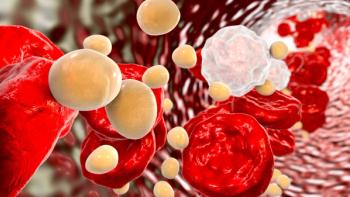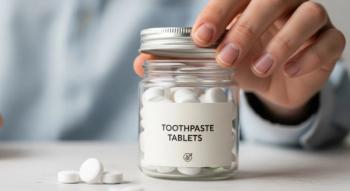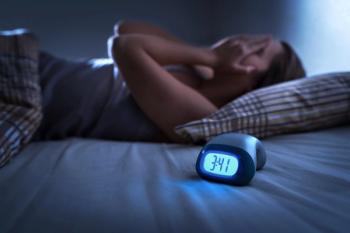
Study: Only Half of Surfaces We Clean Are Properly Disinfected
A recent study conducted by Ohio State University suggests that even organized efforts to clean surfaces can fall short, requiring extra cleaning to be done on a daily basis, especially to fight the spread of coronavirus disease 2019 (COVID-19).
A recent study conducted by Ohio State University suggests that even organized efforts to clean surfaces can fall short, requiring extra cleaning to be done on a daily basis, especially to fight the spread of coronavirus disease 2019 (COVID-19).
Researchers tagged the surfaces of a small animal veterinary practice daily for 5 and a half weeks with a fluorescent dye visible only under black light. Tagged surfaces were checked 24 hours later to see whether the marks were showing. The surfaces were considered cleaned if the dye was completely removed.
Overall, only half of all surfaces were adequately cleaned during the study period. Medical instruments, dog run handles, computer mice, and keyboards were cleaned less frequently than areas touched primarily by animals, according to the study.
“A recent study concluded the coronavirus causing COVID-19 has the ability to survive on certain types of surfaces for hours to a few days,” said senior study author Jason Stull, assistant professor of veterinary preventive medicine at the Ohio State University, in a press release. “At veterinary practices, other businesses and certainly human hospitals, surface cleaning and disinfection is extremely important. People come in and may contaminate an area and that area potentially can serve as a source of infection for other people.”
Currently, Stull has assessed approximately 5000 surfaces over the course of the study, which showed 50% of surfaces were cleaned, with broad variations by type of surface and hospital location. Human-touched surfaces were still the least likely to be cleaned.
This study measured everyday cleaning practices in a location where people spend a lot of time with different animals and different people.
“Plenty of industries and groups outside of human health care have ramped up their efforts to clean and disinfect common-touch surfaces,” Stull said in the press release. “The take-home messages from our study can have important parallels for others, such as other veterinary clinics, but also groups such as grocery stores.”
Even before the COVID-19 pandemic occurred, Stull recognized the importance of implementing proper hygiene no matter where you go, and to concentrate cleaning common-touch surfaces, such as doorknobs and countertops.
“Our study also highlights that, despite our best efforts, 100% cleaning and disinfection is unlikely to occur,” Stull said in the release. “This is important to remember, as regardless of where you visit, it’s also best to assume surfaces may be contaminated—and before you come back into your home, you should follow the recommendations to clean your hands and clean items you’ve handled.”
When we get to the end of this pandemic, the hardest part will be to continue living in a healthier way, according to Stull. “When we get to the end of this, and at some point that will happen, you will likely see people revert back to their norm,” Stull said in the release. “What we need is a culture shift, so people recognize that infection control through hand-washing and thorough cleaning of shared surfaces is a critically important thing we can all do all the time, and it has measurable impact.”
REFERENCE
Caldwell, Emily. Study shows how diligent we have to be to keep surfaces germ-free. Ohio State News.
Newsletter
Stay informed on drug updates, treatment guidelines, and pharmacy practice trends—subscribe to Pharmacy Times for weekly clinical insights.













































































































































































































